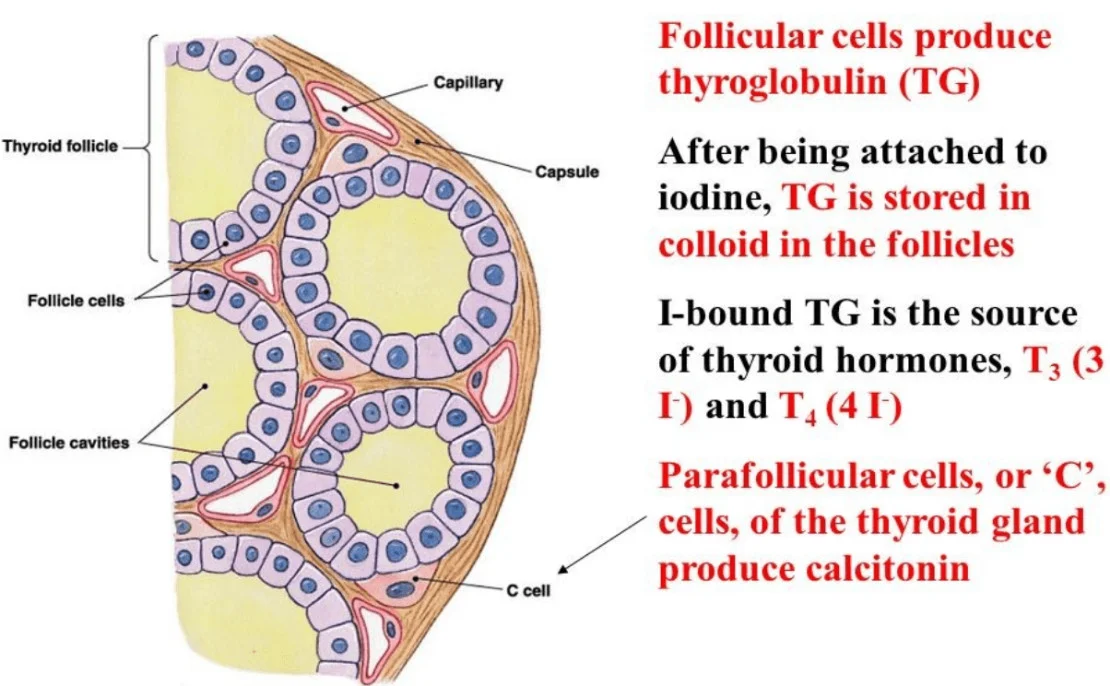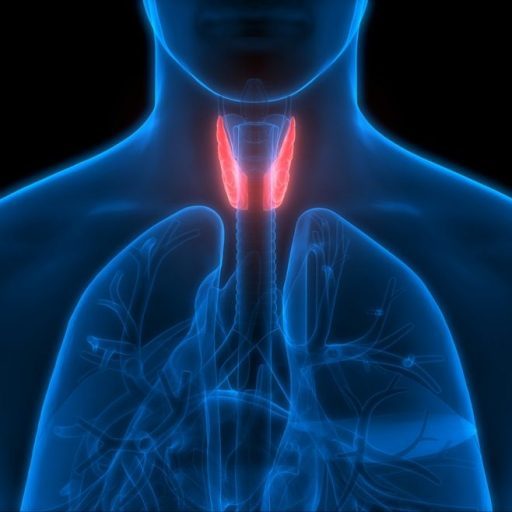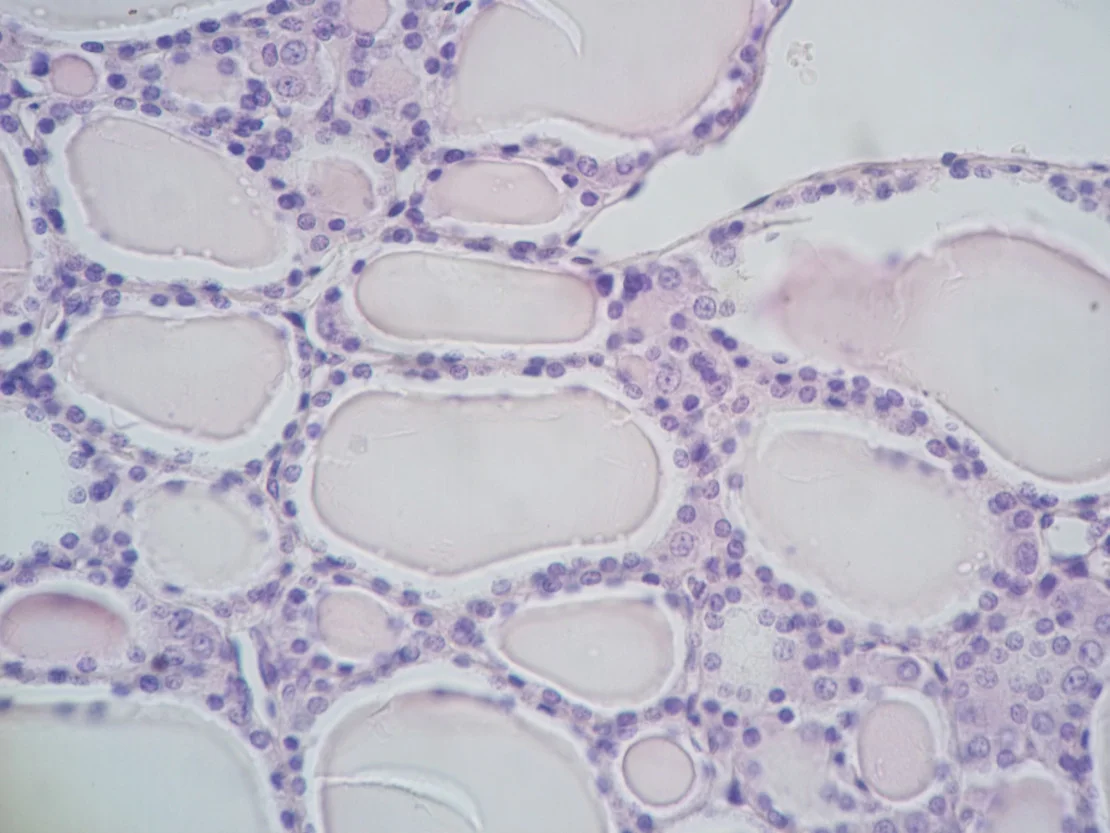A Comprehensive Analysis
The parafollicular apparatus, often referred to as the thyroid, is an integral aspect of the endocrine system. It’s an H-shaped, endocrine structure located anterior to the trachea and inferior to the larynx. This gland is responsible for vital physiological operations, and it is indispensable to homeostasis.
The glandular mechanism has two principal cell types: the thyrocytes and the C cells. Thyrocytes, or follicular cells, form the bulk of the gland and are responsible for the synthesis of thyroxine (T4) and triiodothyronine (T3), collectively referred to as thyroid hormones. These hormones play a crucial role in metabolic regulation as well as normal growth and development, specifically during brain development in fetal and neonatal stages. Meanwhile, C cells, otherwise known as parafollicular cells, produce and release calcitonin, a peptide hormone that participates in the management of calcium homeostasis.

Follicular Cells and Iodine
The follicular cells synthesize the endocrine hormones through a series of biochemical reactions involving iodine. The diet provides iodine. Follicular cells actively transport this iodine, where it undergoes oxidation and binds to tyrosine residues on thyroglobulin. These cells produce and secrete this protein. This process, known as organification, leads to the formation of monoiodotyrosine (MIT) and diiodotyrosine (DIT). The coupling of these two molecules results in the formation of T4 and T3.
The secretion of thyroid hormones is under the stringent regulation of the hypothalamic-pituitary-thyroid axis. The hypothalamus releases thyrotropin-releasing hormone (TRH), which stimulates the pituitary gland to release thyroid-stimulating hormone (TSH). TSH, in turn, acts on the gland to stimulate the synthesis and release of hormones. This feedback mechanism ensures the maintenance of a delicate hormonal balance crucial for metabolic homeostasis.
The parafollicular apparatus also plays a significant role in calcium homeostasis. The parafollicular cells or C cells produce calcitonin, a hormone that functions to decrease blood calcium levels. It does so by inhibiting osteoclast activity, thereby reducing bone resorption and calcium release from the bones into the bloodstream.
Dysfunction of this glandular structure can manifest as several disorders, including hyperthyroidism, hypothyroidism, goiter, thyroiditis, and cancer. Each of these conditions presents unique clinical features and requires specific management strategies.
Wrapping things up, the parafollicular apparatus, even with its modest size, significantly contributes to maintaining the body’s metabolic balance and calcium regulation. Ongoing research about its functions and the pathophysiology of related disorders persistently deepens our knowledge of this essential endocrine gland and refines our treatment approaches.






